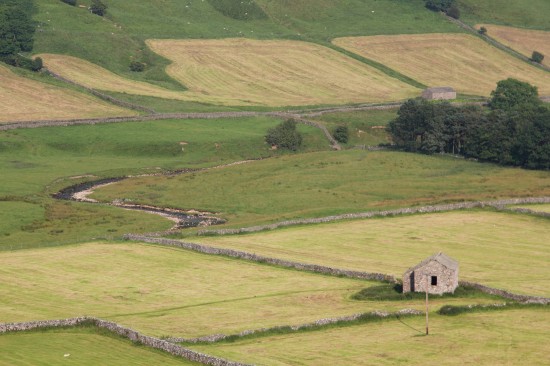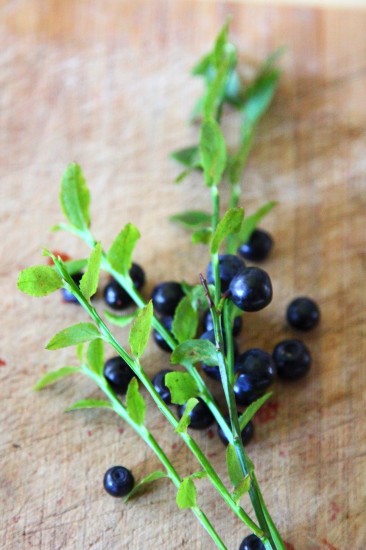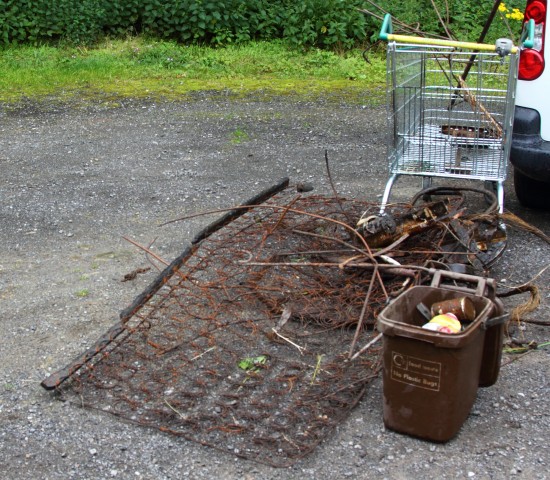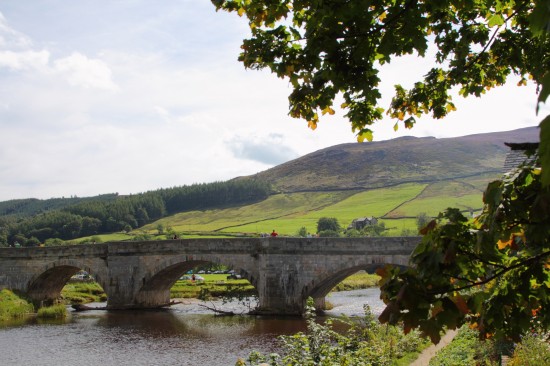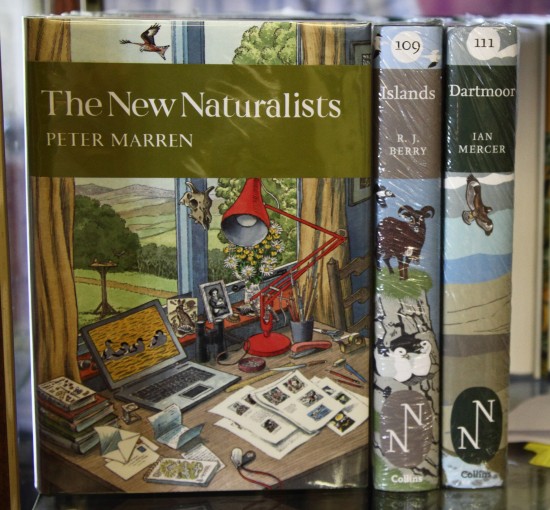A British Summer, Part One. Words & pictures by Nick Small.
At this time of year I’d normally be bamboozling the fish and photographing the glory of endless sunsets in Swedish Lapland. Sadly, for reasons too dull to go into here, this year I’m spending summer at home instead.
As it turns out, this isn’t a terrible ordeal, despite some rather indifferent weather. The Pennines are glorious in summer, even when periodically assaulted by squalls that flit through the landscape like unstable girlfriends, causing fleeting havoc before shooting through, leaving just memories and the occasional flood behind.
This changeable weather has had one consequence very much appreciated by me and mine. Nestling beneath the larch, pine and birch of the Ogden Water woodland is a dense carpet of bilberry bushes. Just twenty metres away, walkers pass by oblivious to the splendid bounty dangling from vivid green stems: huge, fat berries, bursting with brilliant purple juice. The Swedes call these blueberries, though they have little to do with the insipid so-called super foods found in supermarkets at prices that would make a gold merchant blush. These, our native bilberry (also known as whortleberries amongst other charming folk monikers), are truly rich in flavour, as well as those much vaunted antioxidants, chief devourers of pesky free radicals. Bilberries were, it is said, used in WW2 by fighter pilots, in the belief that they improved night vision. The plant also contains a compound which lowers blood sugars, but all these medicinal properties are but a sideshow to their main appeal: they taste great, they turn your mouth (and everything else) a deep violet and they are FREE.
Ok, gathering them isn’t always without cost, being time consuming and laying the berry picker at the mercy of woodland midges but this is more than compensated for by popping the odd one into the mouth and savouring the explosion of berry goodness on the tongue. Oh, berry fights are good fun too…like paintballing without the quasi military trappings.
But what to do with the harvest of bilberries, dear foragers? Well, traditionally bilberry pie with cream was always the ultimate reward in my youth. However, these days they go down best when stewed for a few minutes with a bit of sugar and then poured warm over generous dollops of good vanilla ice cream. The juice adds a new dimension to your summer elderflower cordial and, if you are really into this sort of thing, can be turned into a good home brewed plonk. Bilberries: I love them.
I also love my local rivers. The summer at home has brought opportunities to fish a few of them but by far and away the most enjoyment I’ve had with the lad was wading around in the Hebble Brook removing shopping trolleys, beds, old boots, batteries and bikes from a favourite stretch of water.
The Hebble Brook begins its life on the high peat moorland above Halifax before tarrying for a while in Ogden Water, where some of it is diverted for human consumption. Little more than a mile below the dam the brook winds through meadows before tumbling over a small weir in a wooded glade beside an old stone mill. Despite being little more than a beck here, it holds a good stock of wild brown trout. On most days local kids can be found here lobbing their worms into the brown stained water, larking about and occasionally catching a brownie. It would be an idyllic spot were it not for the fact that they would be casting amongst shopping trolleys, fridge motors, discarded clothing and other trash.
Not so long ago, I took the young lad down so that he could cast a line or two. Whilst he was involved with the water, I looked around. The steep banks were strafed with glass, rubble, builders’ waste, bags, bottles, cans and other accessories. The water trickled under a divan bed which had clearly made it all the way down the bank to the water from the spot beneath the old railway viaduct, where it had been unceremoniously tipped by some dickhead who couldn’t be arsed to take it to the tip, less than half a mile away.
So it was that we returned a morning last week in the company of the North Halifax Green Action project and Calder Future (actually just two good blokes who care) to clean the place up. It took five of us a couple of hours to fill a skip with trash and the back of a van with metal bits for the recycling plant. The young lad and his mate had genuine fun, whilst earnestly expressing disgust that people could treat a beauty spot with such disdain. The grown ups tried to stay dry in their waders, waterproofs and gloves, but the kids’ enjoyment peaked as the stream over-topped their wellies and they drenched each other with brook water, rendering the downpour that signalled the end of our enterprise totally irrelevant.
Around the third week in August every year, runners of all ages descend upon the tiny Dales hamlet of Burnsall for the annual Feast and Sports day. We were heading there this year because the lad wanted to take part in the junior fell race. The senior event, known as The Classic, is one of the most prestigious in the calendar. The runners leave the village from the stone bridge which spans Yorkshire’s best trout river (the Wharfe) and climb 900 feet, almost vertically, before hurtling back down with reckless abandon. This year it was won by local sheep farmer Ted Mason, just the latest in a long roll call of legendary figures (such as the incredible Fred Reeves who, who completed the course in an unfeasible 12 mins 47 seconds back in 1977).
There’ll be more about fell racing in part two, but the reason I mention this little jolly into the Dales is that the journey there took us through Bolton Abbey, where we happened upon Grove Rare and Antique Books. Displayed prominently, close to the door, was a display cabinet full of New Naturalist books, with their immaculately illustrated covers. I’d never seen them before but thought to myself, surely there’s a Caught By The River contributor out there who could write knowledgeably about them. Judging by the pristine dust jackets on these old volumes, no-one actually reads them, but who needs to know about “The Life and Loves of a Pochard” when the cover illustrations are such beautiful works of art.
British Summer, Part Two will be a Yorkshire Dales special.
Click here for previous ‘Nick’s Pics’.
